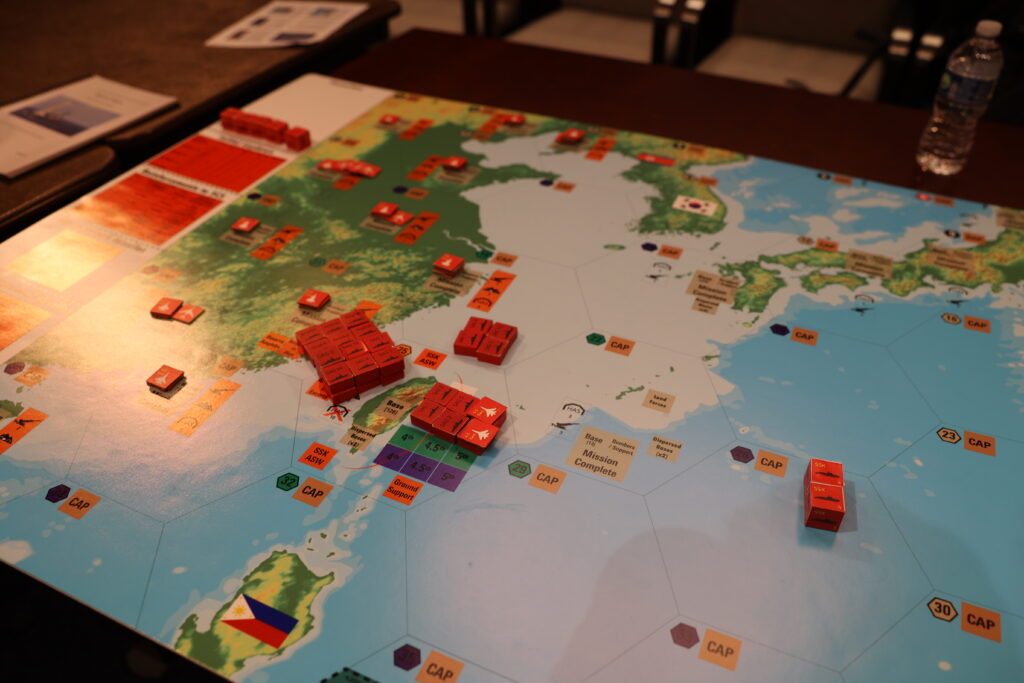

A recent simulation conducted by the Center for Strategic and International Studies (CSIS) paints a stark picture of the U.S. defense industrial base, revealing critical vulnerabilities in its ability to support military operations in the event of a large-scale conflict. The findings underscore the urgent need for public-private partnerships, increased investment in manufacturing capacity, and reduced reliance on foreign components.


Rising Global Tensions Expose Defense Shortcomings
The simulation, set in 2026, modeled a potential conflict in the Indo-Pacific involving the United States, Taiwan, Japan, and China. It highlighted the strain on U.S. military resources due to ongoing global crises, including the Russo-Ukrainian War, escalating tensions in the Western Pacific, and continued instability in the Middle East. These simultaneous conflicts stretch the defense industrial base to its limits.
Key vulnerabilities identified in the simulation include:
- Critical munitions shortages: Stockpiles of essential munitions, such as Long-Range Anti-Ship Missiles (LRASM) and Tomahawk missiles, would be depleted within days of conflict.
- Ship and aircraft losses: U.S. forces would suffer heavy losses, including aircraft carriers, surface ships, and fighter aircraft, with current production rates unable to replenish these assets for years.
- Reliance on foreign components: Critical defense technologies, including microelectronics, advanced batteries, and other materials, depend heavily on imports, many of which come from China.
A Defense Industrial Base Unprepared for Prolonged Conflict


The simulation underscores that the U.S. industrial base, operating largely on peacetime schedules, is not equipped to sustain a protracted conflict. For example:
- Production timelines: Munitions such as JASSM and Tomahawk missiles require up to two years to produce, even under current conditions.
- Supply chain fragility: The U.S. lacks domestic production capacity for essential components, including solid rocket motors, castings, and advanced processors, creating dependencies that could become critical liabilities in wartime.
- Workforce shortages: A lack of skilled workers, such as engineers and metalworkers, contributes to delays in the production of ships, munitions, and other defense assets.
Public-Private Partnerships: A Path Forward
The CSIS report emphasizes the need for stronger public-private partnerships to address these deficiencies. By fostering collaboration between government agencies and private manufacturers, the U.S. can mobilize resources, scale production, and ensure a more resilient industrial base.
Key recommendations include:
- Expanding manufacturing capacity: Building new facilities and upgrading existing ones to support increased production of critical defense technologies.
- Reducing reliance on foreign components: Developing domestic supply chains for essential materials such as batteries, microelectronics, and advanced alloys.
- Accelerating acquisitions and contracting: Adopting wartime procurement practices to streamline the delivery of critical defense assets.
- Investing in workforce development: Creating programs to train and retain skilled workers in critical trades such as shipbuilding, electronics, and munitions manufacturing.
Lessons from the Simulation: A Call to Action
The simulation highlights the consequences of underinvestment in the defense industrial base. Within weeks of a hypothetical conflict, the U.S. would run out of key munitions, while its ability to replace lost ships and aircraft would be severely limited. Meanwhile, China’s significantly larger shipbuilding and manufacturing capacity positions it to recover far more quickly from wartime losses.
Addressing these challenges requires not only increased funding but also a strategic shift in how the U.S. prepares for future conflicts. Public-private partnerships can play a vital role in revitalizing the defense industrial base and ensuring it can meet the demands of modern warfare.
Building a Resilient Industrial Base
The CSIS simulation serves as a wake-up call, demonstrating that the U.S. defense industrial base must transition from a peacetime to a wartime footing to remain competitive in an increasingly volatile world. These challenges extend to the drone industry, which has struggles to develop domestic manufacturing at the same scale as their foreign counterparts and to reduce reliance on foreign components such as batteries and microelectronics sourced from China. By prioritizing collaboration, reducing dependencies, and investing in domestic capabilities, the United States can strengthen its position as a global leader in defense and security.
Want DRONELIFE news delivered to your inbox every weekday? Sign up here.
Read more:


Miriam McNabb is the Editor-in-Chief of DRONELIFE and CEO of JobForDrones, a professional drone services marketplace, and a fascinated observer of the emerging drone industry and the regulatory environment for drones. Miriam has penned over 3,000 articles focused on the commercial drone space and is an international speaker and recognized figure in the industry. Miriam has a degree from the University of Chicago and over 20 years of experience in high tech sales and marketing for new technologies.
For drone industry consulting or writing, Email Miriam.
TWITTER:@spaldingbarker
Subscribe to DroneLife here.





Related Posts
Blue Marble Shows How AI and LiDAR Deliver ROI for Rail Operators
First Breach and ideaForge Establish US Drone Manufacturing Partnership
Tennessee Drone and AAM Symposium Discusses Future of Mobility